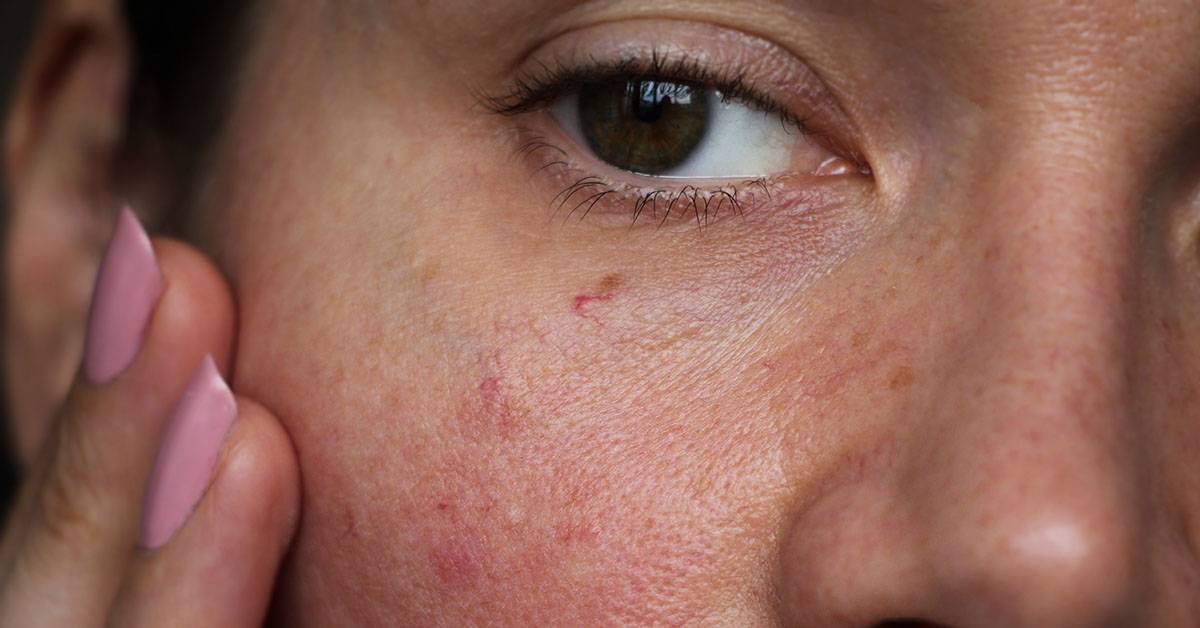The Misclassification of Skin Irritation Hazards

Two common skin conditions that affect people around the world are skin sensitivity or irritation and skin corrosion (chemical burns).
Both conditions encompass many different symptoms and manifest different reactions such as redness, itching, blisters, pustules, and skin erosion.
What is skin corrosion?
Skin corrosion is the term used to refer to the production of what is classified as irreversible damage to the skin. This can be visible necrosis throughout the epidermis and then through into the dermis.
This type of issue occurs as a result of exposure to a chemical mixture or substance that has a corrosive effect. The effects of skin corrosion are permanent.
What is skin sensitivity?
Skin sensitivity, also referred to as skin irritation, is a type of reversible skin damage. This occurs due to the skin coming into contact with a mixture or substance that can irritate.
How classification of the conditions' risks are made
For many years the regulatory classification used for skin irritation and skin corrosion or burns has been based on rabbit skin data, but now the processes used in toxicology are being moved in the direction of using in vitro alternatives. The in vivo rabbit test is the benchmark against which new approach methodologies for skin irritation are usually compared.
The alternative in vitro assays encompass animal models and human patch tests, offering a level of sensitivity that is deemed sufficient and is generally accepted as an alternative method to replace in vivo rabbit assays currently in use. Companies like Gentronix are making significant achievements in this area.
While no alternative testing method offers a complete replacement of animal use, the type of tests that can now be used to assess the hazard potential of chemicals on skin achieve results comparable to the results achieved in human patch tests or those obtained in animals.
Toxicology human patch tests vs animal skin tests
As mentioned above, regulatory classifications of skin irritation has historically been based on rabbit skin tests. However, it has now been determined that whilst these tests do, to some extent, help with the classification, they are not as accurate as it was first thought.
Some anomalies were found in recent tests that were used to establish a more extensive database of the classification of substances used in healthcare and skin products by the level of hazard they pose to humans. The purpose of the review was to look for alternative methods for the improvement of the classifications of skin irritation for the purposes of regulatory work and also to look at the impact on human health.
The review was conducted using a 4-h human patch test (the only accepted standardized protocol for testing the skin irritation hazard potential of chemicals in humans) and in vitro rabbit skin tests for irritation.
Tests carried out on rabbits overpredict human skin irritation
When this scientific review compared a significant number of different substances using both testing methods, they found that there may be issues with how these classifications may have been presented in the past.
Some substances that were irritants using the previously common rabbit skin classification system were not found to be irritants on human skin. In other words, the tests carried out on rabbits overpredicted the possibility of a harsher reaction in humans than was actually present.
What we thought we knew to be a skin corrosion risk in many cases may only be something that will cause skin irritation or sensitivity.
For a more accurate classification, it is necessary to amend how these tests are carried out. This will only be possible if a newer form of in vitro testing method can be calibrated to produce results that will be more relevant to humans.
Whilst it is less of a concern if something that is only a skin irritant is given the stronger classification of being a corrosive substance, the problem occurs if the reverse is identified incorrectly. Something that is a corrosive substance if given a lower classification of being only a skin irritant could lead to significant health issues.




















